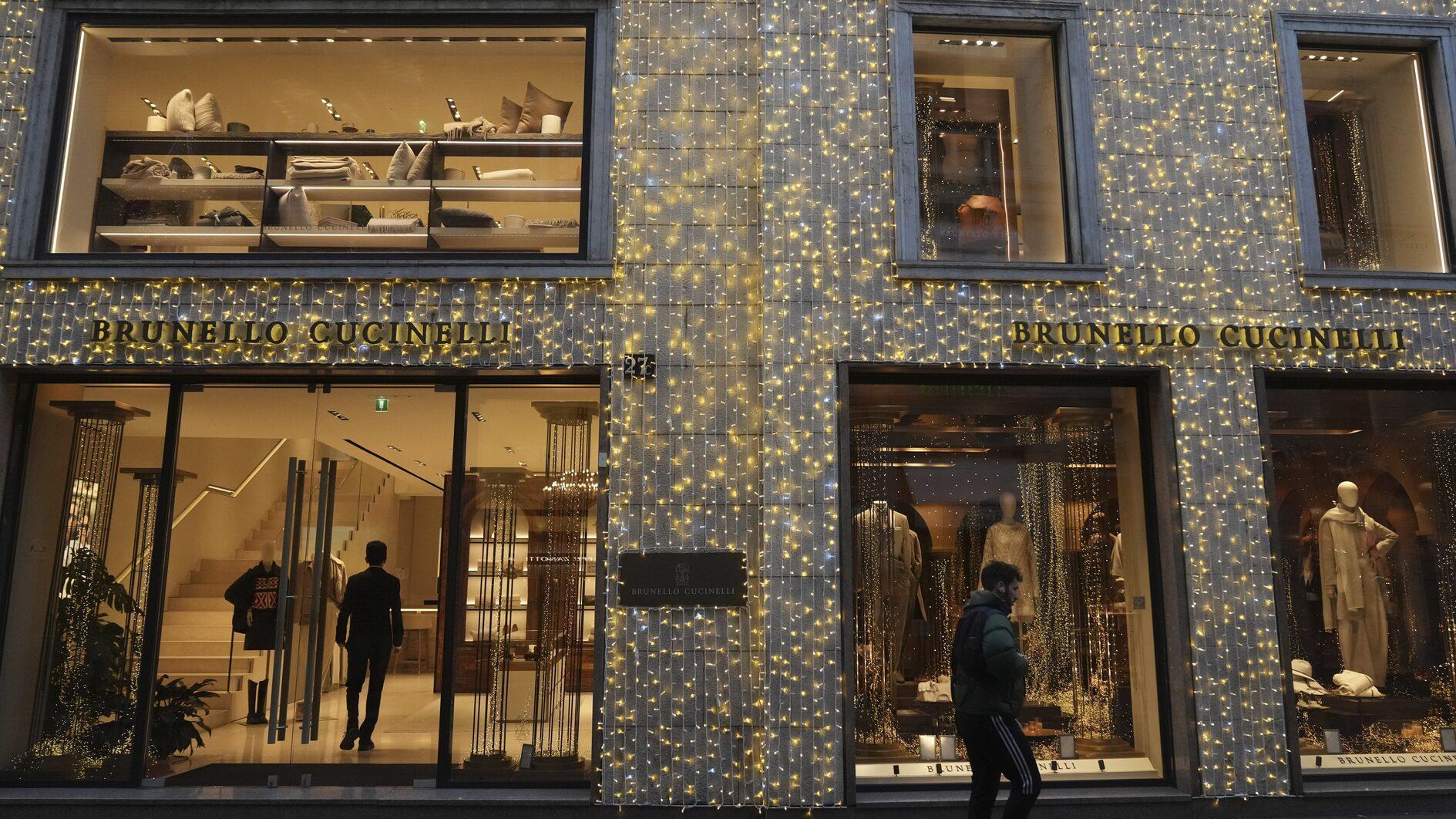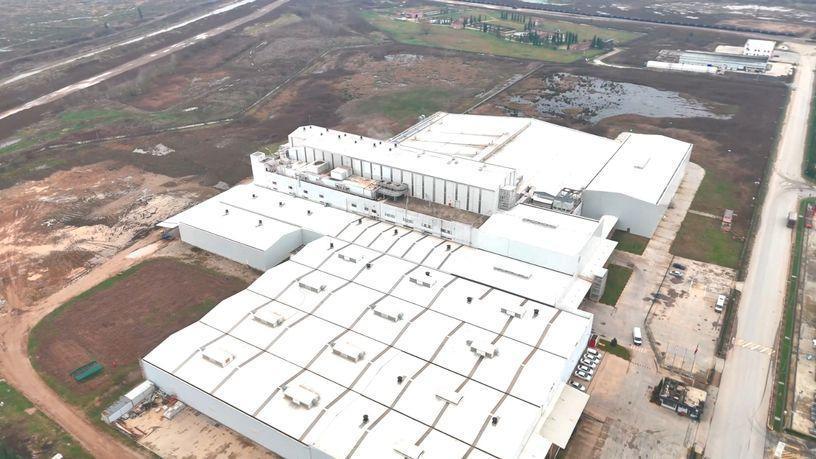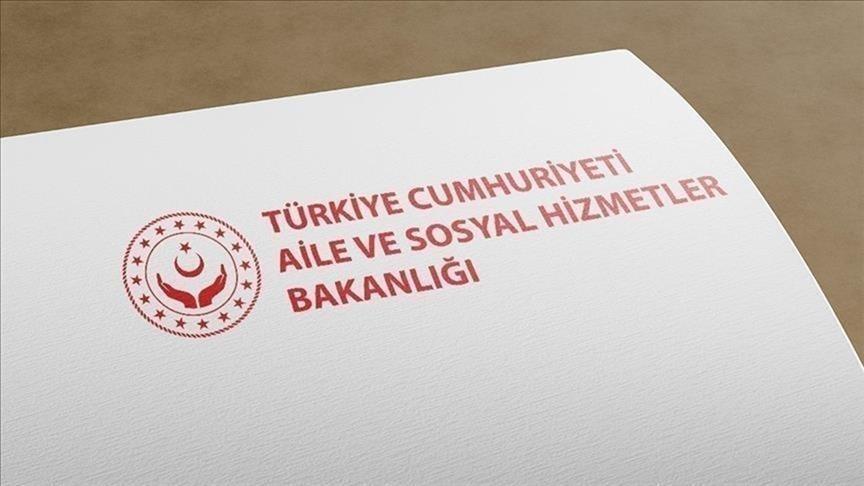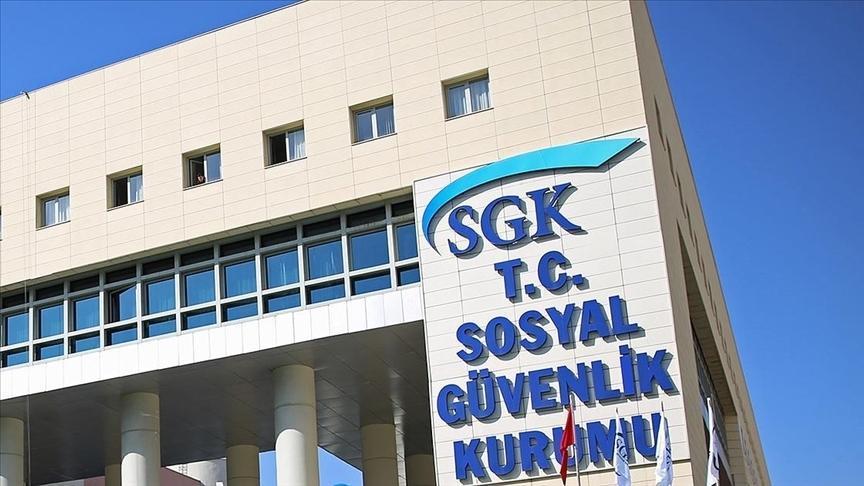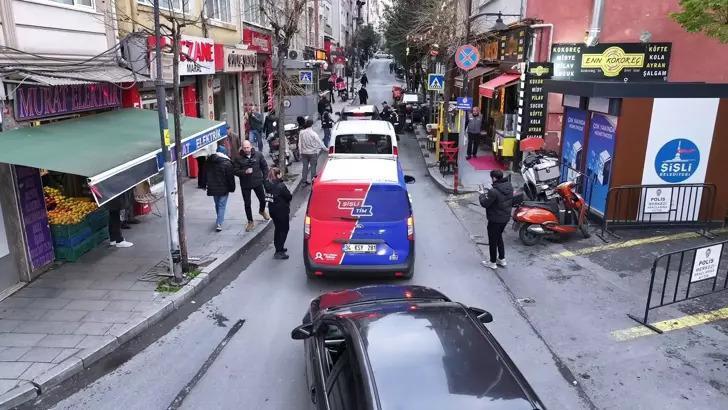Artist eyes new dimension in art
ISTANBUL - Hürriyet Daily News
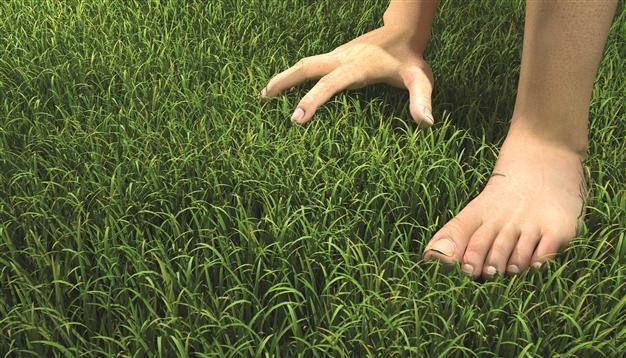
Naming all the works as ‘Untitled’ arttist Guido Casaretto presents his digital figures as points on the space-time continuum, while underlining the body’s permeability. He builds figures with a particular concern for highlighting the diversity of the movements.
Reality and ways of representing it have been the chief concerns of figurative artists throughout art history, and the introduction of new media and digital technology open up the way to explore further horizons. Guido Casaretto’s computer-generated images (CGI), which will be on display at Istanbul gallery CDA-Projects beginning Sept. 14, are an attempt to go one step beyond the limits of hyper-realistic representation. The effect the artist uses of laying bare the CGI device in most of the works in “Extrasystematic Correlations” expresses a refusal to make a representational statement.Casaretto presents his digital figures as points on the space-time continuum, while simultaneously underlining the body’s permeability. He builds his figures with a particular concern for properly highlighting the diversity of the body’s movements, rendering them as agents in action. Casaretto’s figures both exist and do not exist, or simply exist in a different way from their human counterparts. This clear discrepancy between virtual reality and the factual (or real) world is the source from which the artist derives his inspiration.
“When I am working at my computer to produce my works I simply am working on an interface; this is how digital technology works. And this means when I am drawing these figures, I am not really looking at them but a series of algorithms,” Casaretto said.
The selection of work for the exhibition includes a large-scale plexiglass print and several smaller-scale fine print works. The large-scale pieces showcase the polygonal texture of the CGI, while the figures in the smaller-scale works have a more natural look, with meticulous care taken to portray light and shade accurately.
Casaretto’s computer-generated imagery dwells on “basics,” displaying human figures located within nature in a state of displacement. This is to create a sharp contrast between the strictly non-human or non-organic nature of virtual representation, as opposed to the traditional materials of plastic art, and the most basic aspects of human existence, which are being represented.
Natural elements like the surfaces of bodies of water, skies, and grass, with or without human elements, are construed in such a way as to challenge the very medium in which they are “created,” namely CGI technology, which is chiefly used by the film industry to enable visualization of the supernatural.
Caseretto’s medium brings a fresh approach to figurativism, more in theory than in form. Figurative art, as it is used to describe the particular kind of artwork that is clearly derived from real object sources, finds its most effective form when it is produced with the most palpable or thick material, because mass, volume and texture are among its chief sources of aesthetic effect, as much as line, shape, color, light and dark, and perspective are. The artist deliberately keeps the underlying polygonal structure bare to highlight the computer-generated nature of the figures. They lack nothing in mass, volume and texture compared to, for example, a sculpture, but serve all the while to remind the viewer that the figures they see are not real people, and neither is the sky or the water real.
This emphasis on the artificiality of the artwork presents a beautiful contrast to the hyper-realistic representation of the content, and Casaretto’s work invites the viewer to think about the boundaries between the real and the virtual, the natural and the supernatural, and finally the artificial and the factual.


